Common tree diseases and pests in the ottawa area
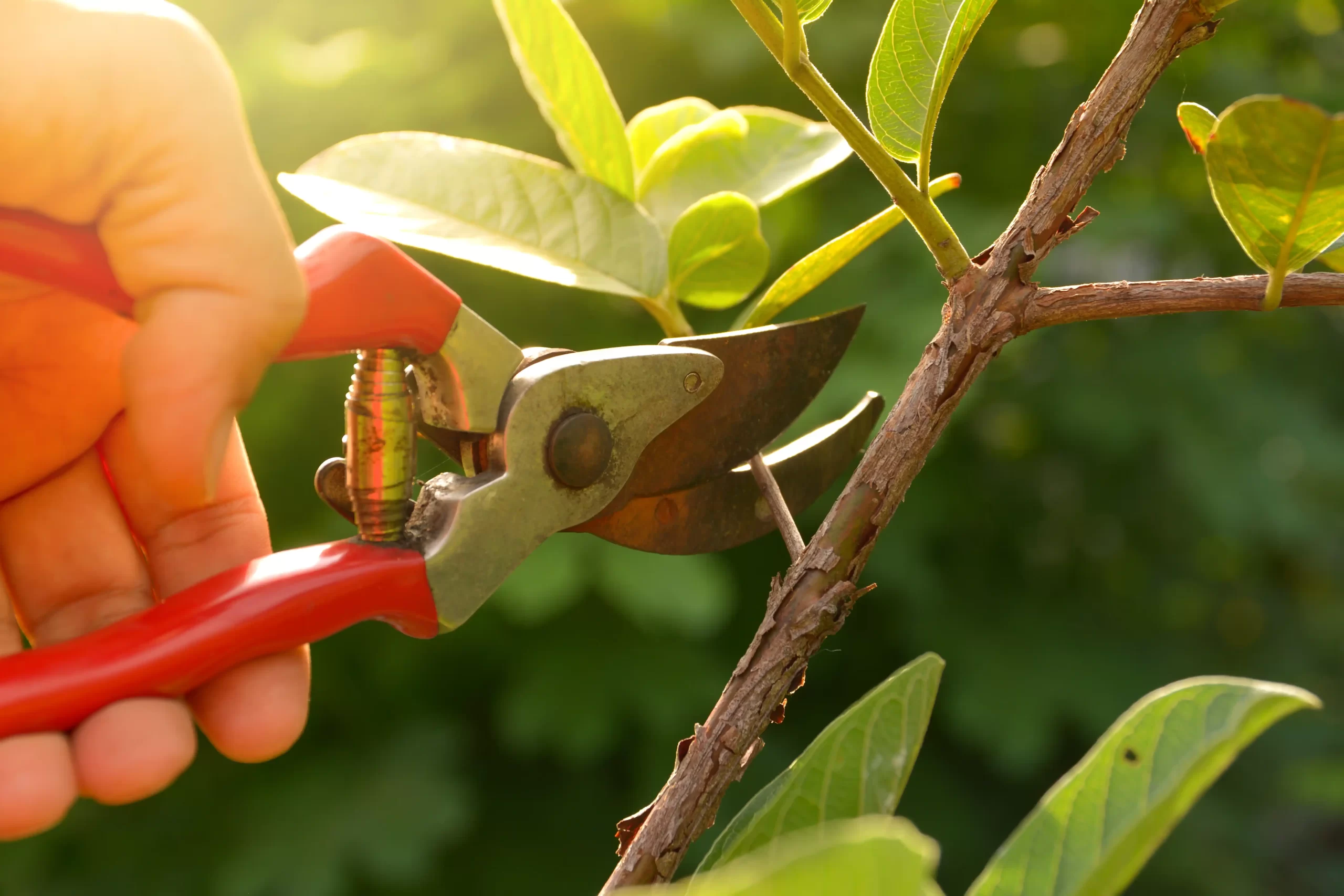
Anthracnose
Anthracnose is a fungal disease that is transmitted by air and typically occurs in Maples and Ashes. While it is usually classified as more of a cosmetic or nuisance type issue, it can cause large amounts of premature leaf drop and amount to substantial defoliation, which can be concerning…
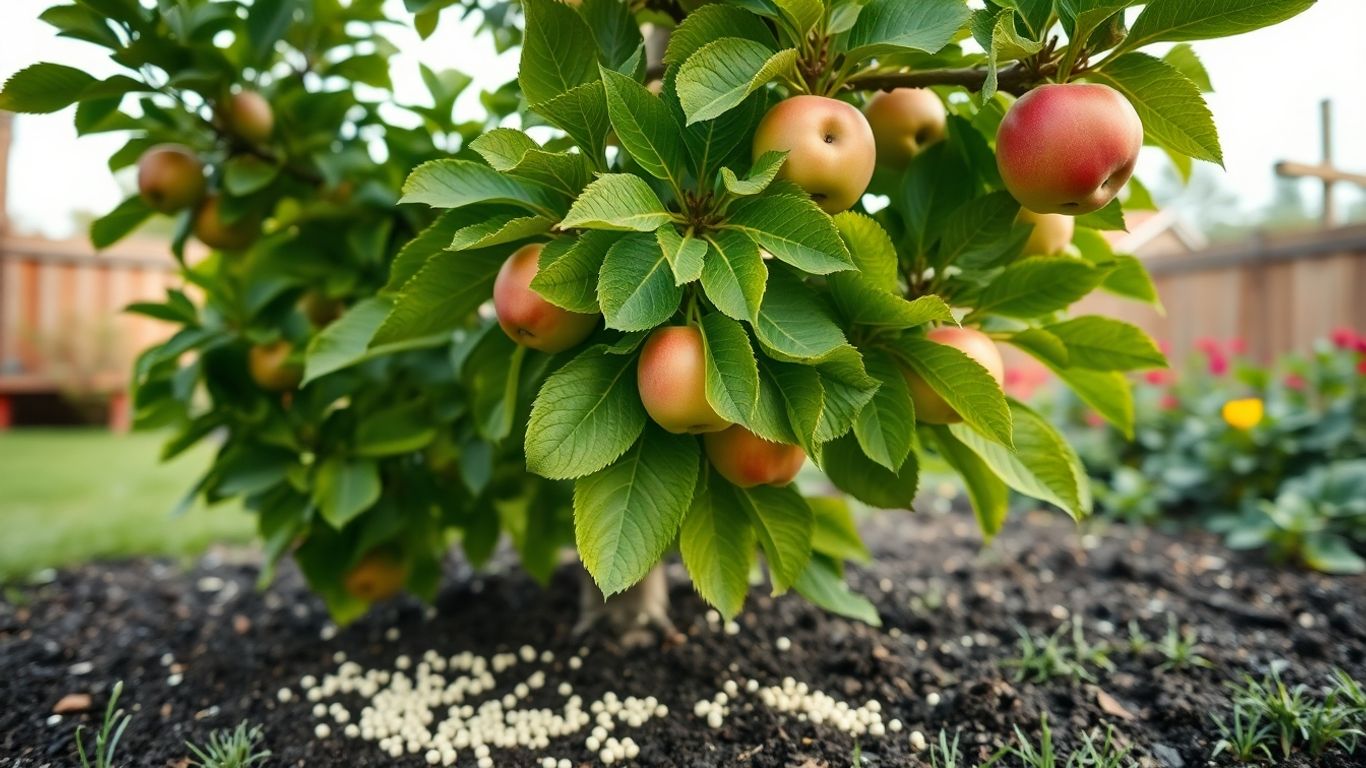
Apple Scab
During the spring, crab apple leaves will frequently develop dull olive-green spots with a velvety appearance on both the top and underside of the leaf. The spots are typically round with fringe (feathered) edges and can range in size from very tiny pin-prick spots to half an inch or more in diameter…
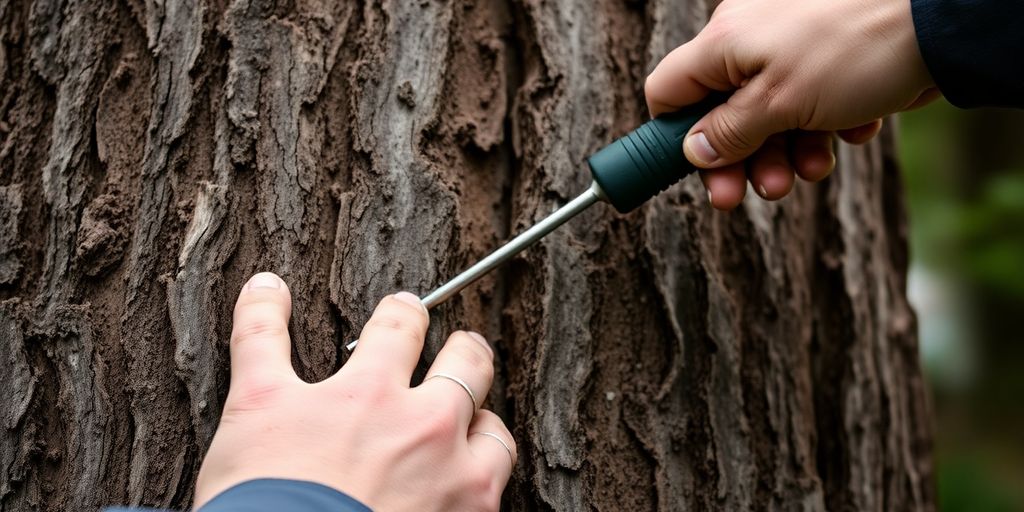
Cytopsora canker
If you are seeing that the lower branches of your spruce tree are starting to die, then most likely this is due to Cytospora canker. Other diseases, including needlecast, commonly cause canopy breaching in spruce trees, but Cytospora canker is the most common cause…
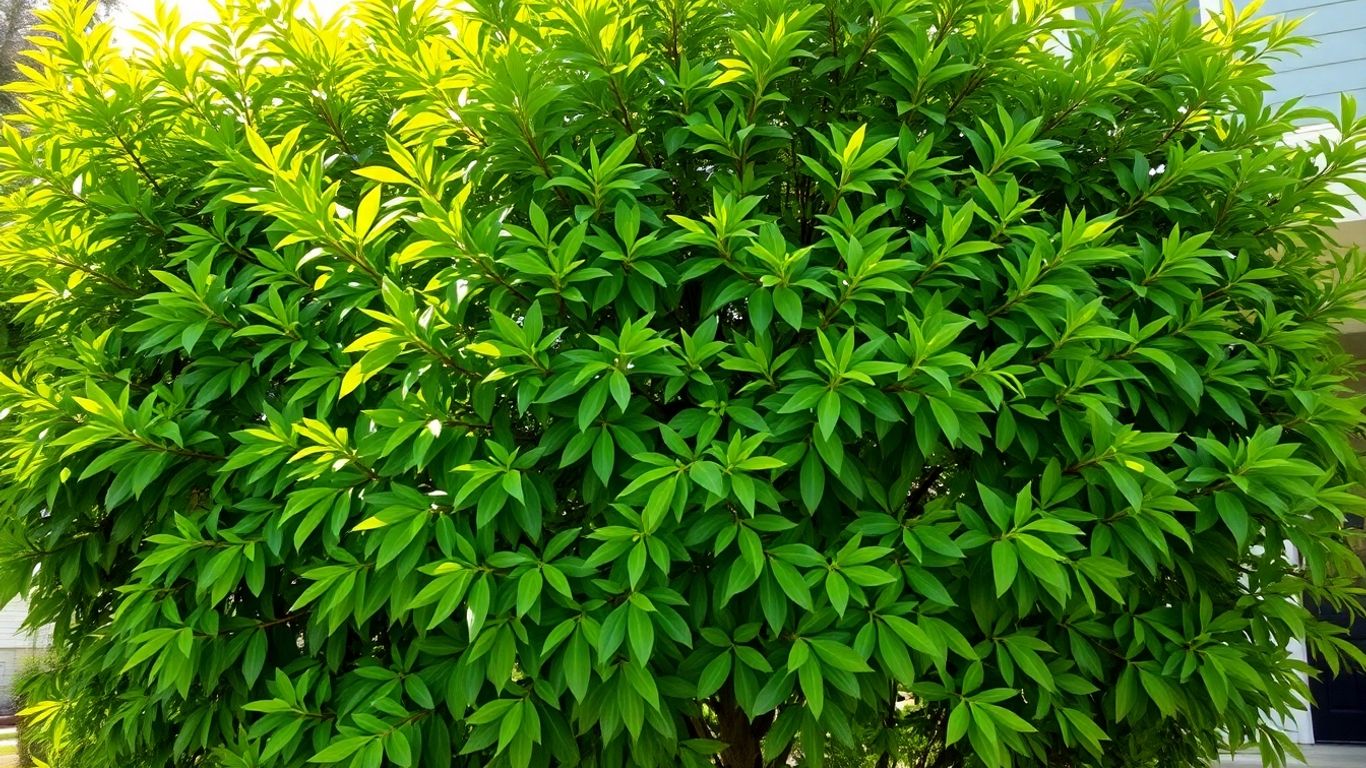
Rhizosphaera
Initially, the disease affects the lower limbs of the tree and then moves up it. Infected needles are purple-brown and fall off too early. Infected needles develop in the spring, but do not show signs of infection until the following spring, about a year later. Currently, small black flecks…
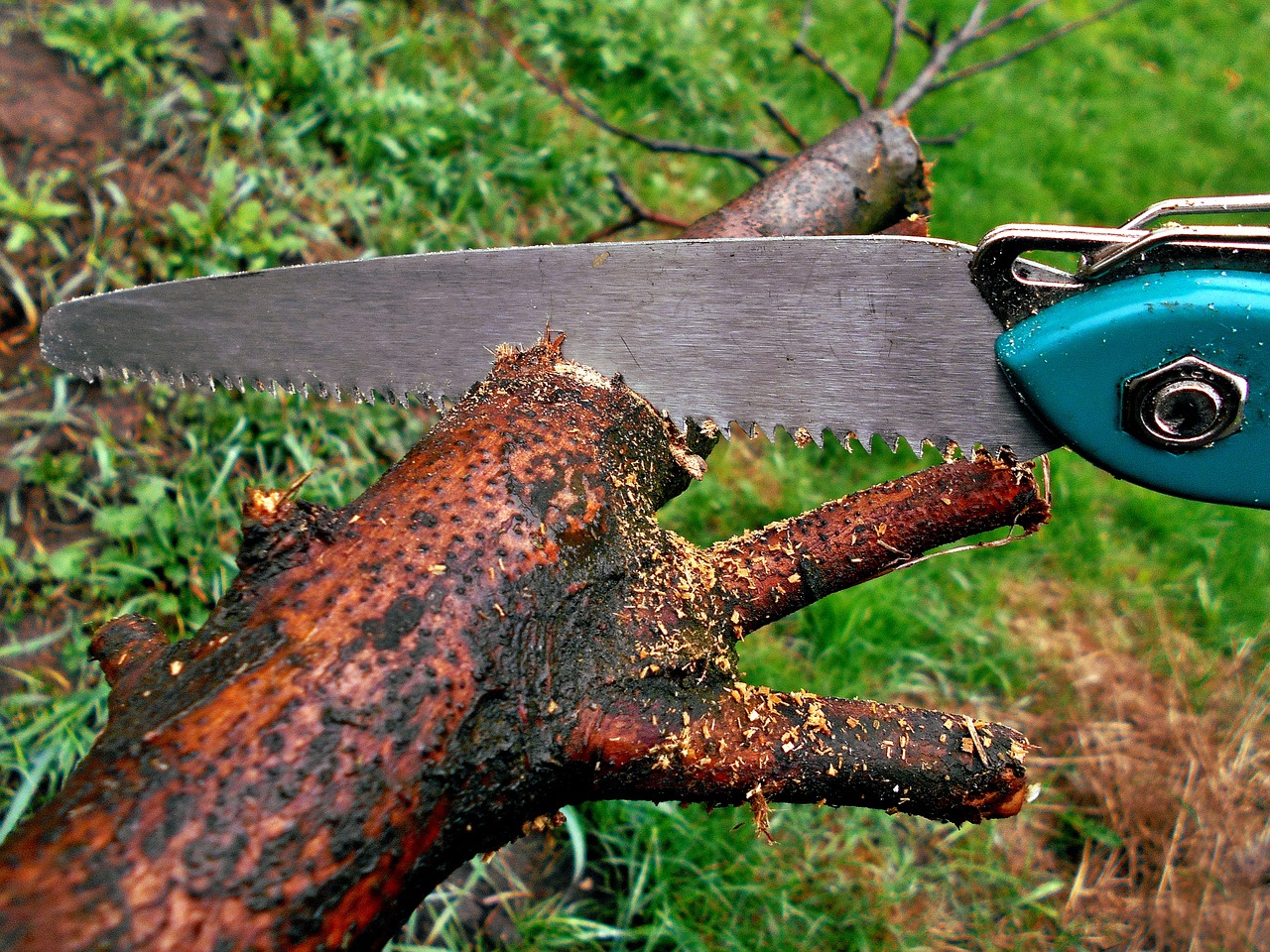
Thyronectria Canker
Typically, the best way to ensure the longevity of a tree is to simply keep it healthy. Soil aerating, watering, and feeding are necessary for your tree to flourish and to exert all the benefits you expect. With regard to Thyronectria Canker on Honey Locust, drought stress is often the initial instigator of disease…
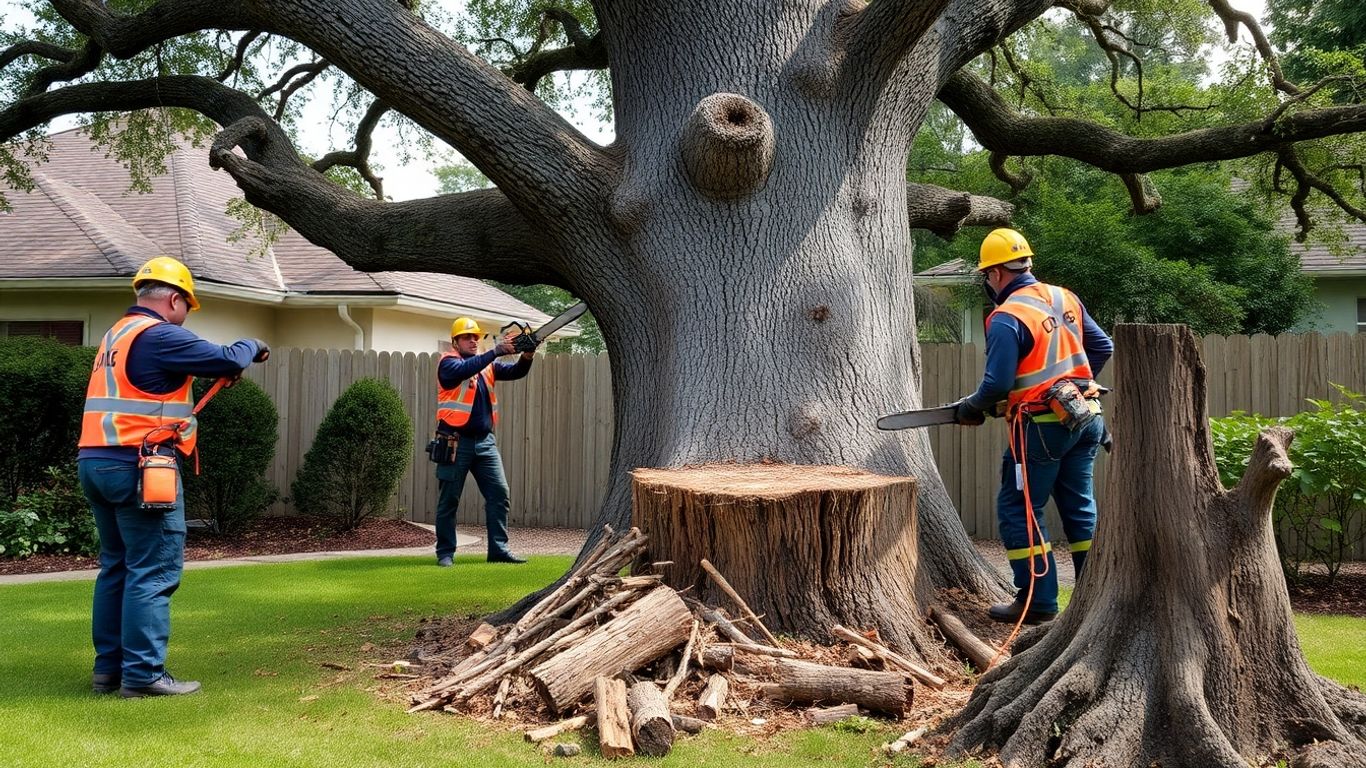
Sun scald
Sunscald on trees is visible in the form of damaged or discolored bark on the south or southwest side of the trunk and lower branches. The sun heats the bark during the day in winter or early spring, which activates the cells, but then rapid cooling at night damages and kills the bark tissue…

Black Knot
Black knot is a prevalent fungal disease of primarily cherry and plum trees in Eastern Ontario. It is caused by the fungus Apiosporina morbosa, and causes disease through wounds or natural openings (pores) that occur each spring. This disease has a distinct appearance characterized by rough…
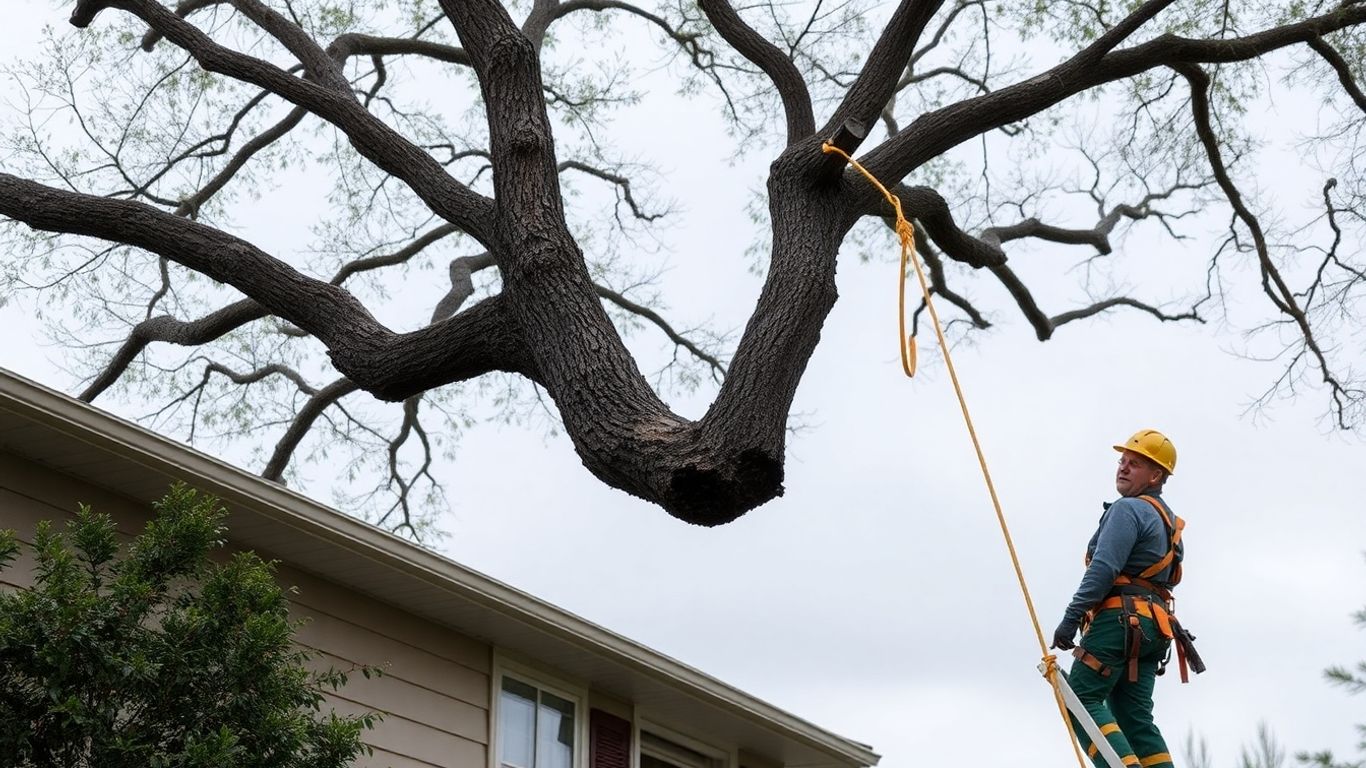
Oak Wilt
Oak Wilt represents a significant fungal disease that affects oak trees, specifically in North America (it is replicating and increasing in parts of Ontario, including Eastern Ontario). The disease is caused by the fungus Bretziella fagacearum, which engulfs the vascular system of oaks…

Dutch Elm Disease
Dutch Elm Disease (DED) is a fatal, debilitating fungal disease that affects elm species, with particular mortality for the American Elm (Ulmus americana) and European Elm (Ulmus glabra). DED is caused by the fungal pathogen Ophiostoma ulmi (or Ophiostoma novo-ulmi in its variant form)…
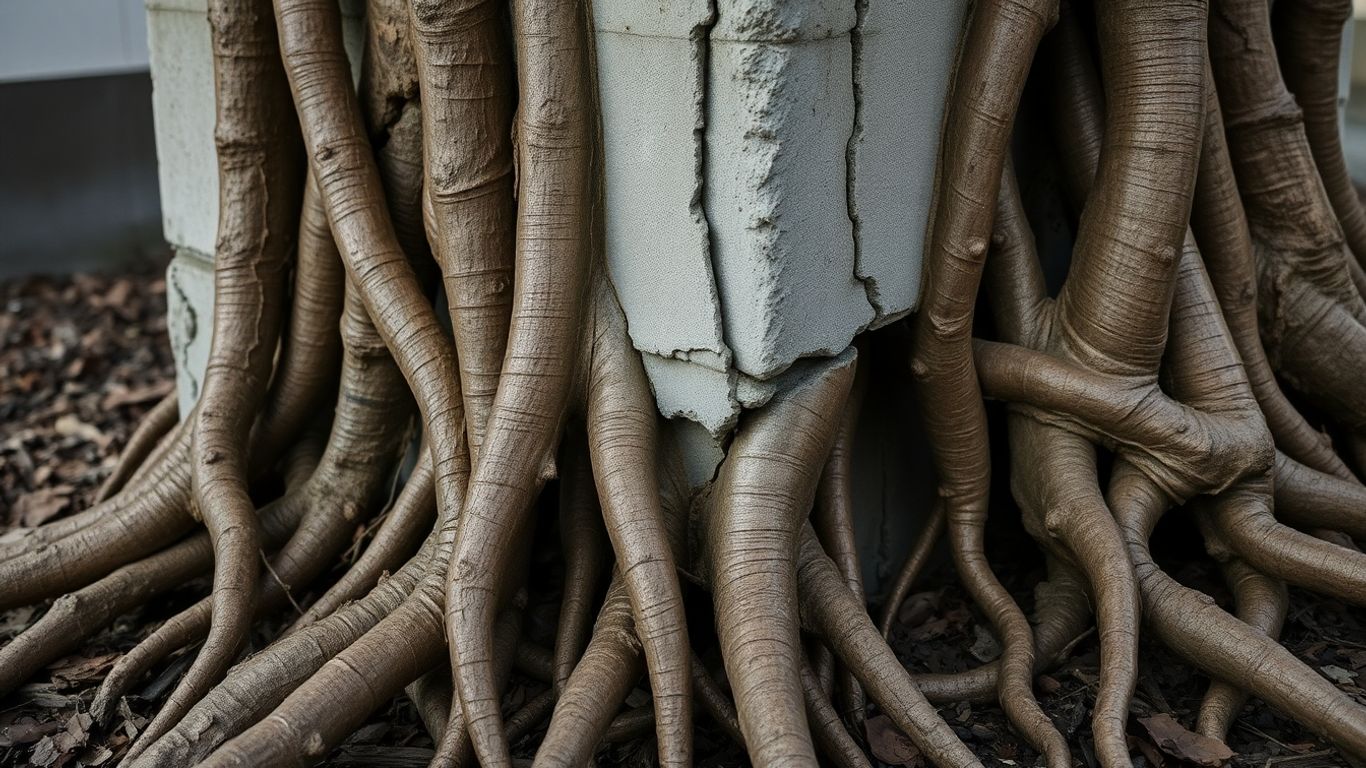
Pine Blight
Pine blight refers to a general term for multiple diseases with the common name of pine blight, as well as white pine blister rust, Dothistroma needle blight, and Sirococcus shoot blight. Pine blight diseases can be fatal to pine trees and can be damaging overall especially in places…

Japanese Beetles
In Eastern Ontario, Japanese beetles have recently been identified as a significant new pest. The damage this particular beetle is known to cause has created concern for local authorities and gardeners alike. Measuring 10-12 mm in length, these beetles can be easily identified by their metallic…
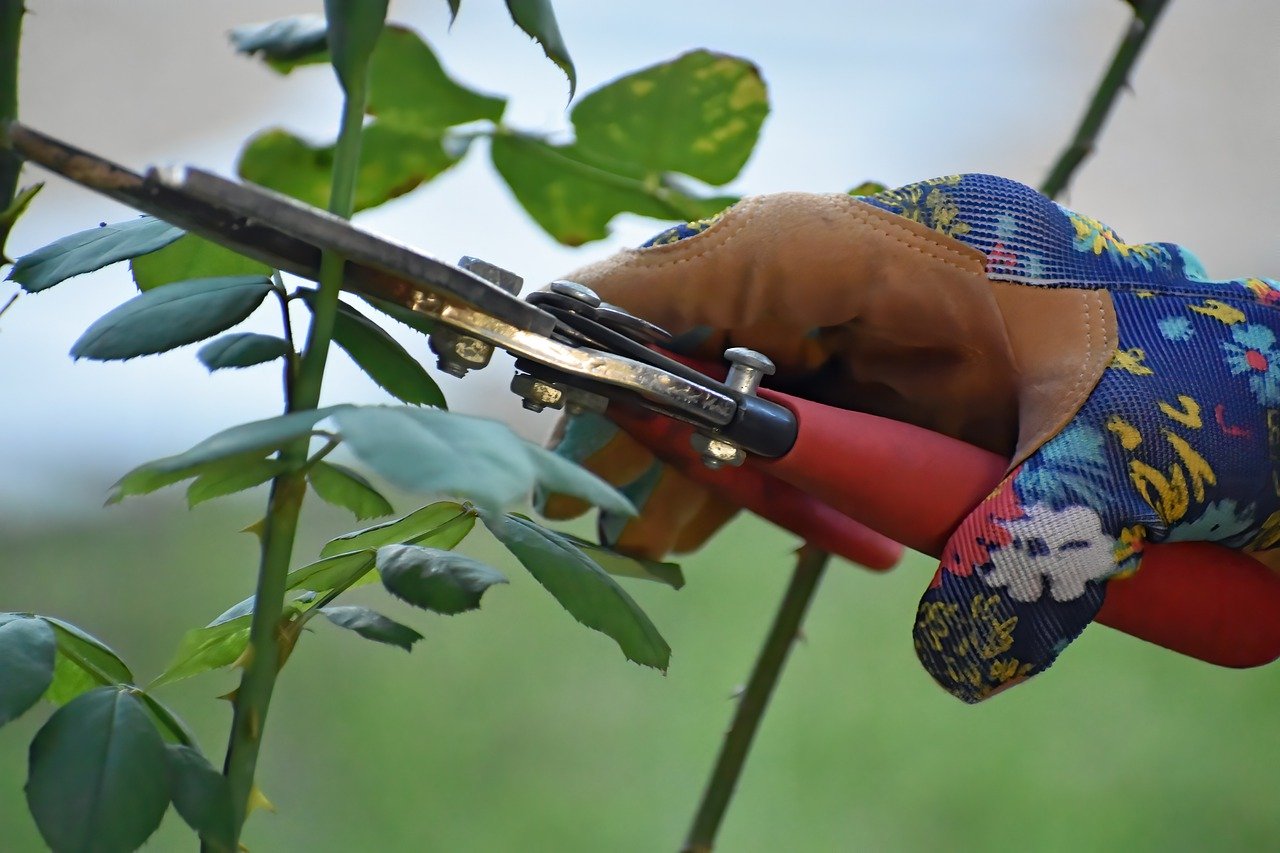
Emerald Ash Borer
Emerald Ash Borer (EAB) is an aggressive beetle in Asia, which has caused widespread destruction of ash trees in North America, including Ontario. Adults are EABS metal green, about 8-14 mm long, beetles. They put their eggs on the bark of ash trees, and when the larvae hatch…
